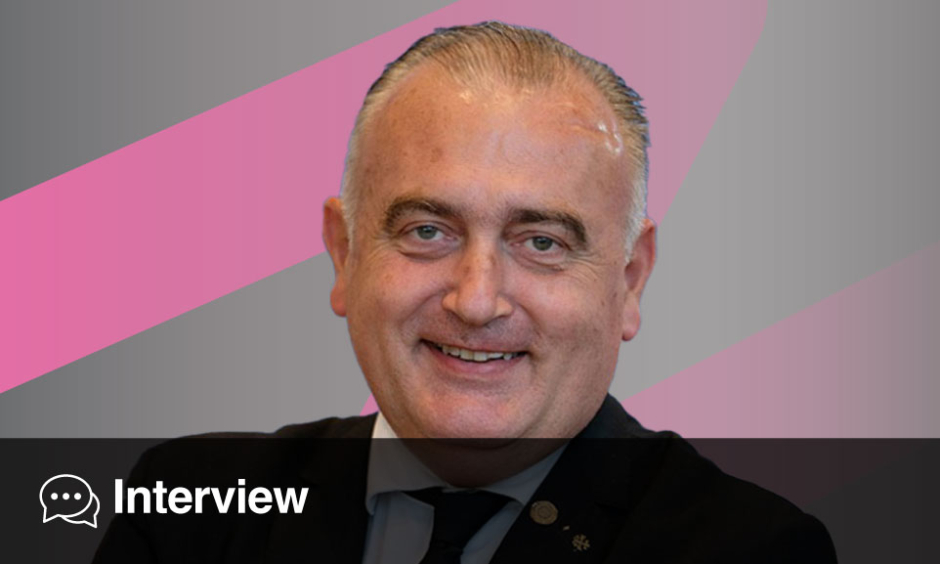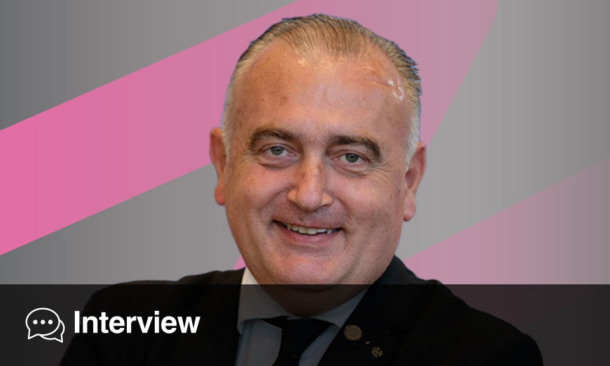CONNECTIONS between synapses result in a (biological) social network in which the strongest bonds form between those cells that are similar, says research carried out as part of a worldwide effort to shed light on how the brain generates perceptions, thoughts, and actions by mapping its wiring diagram.
Using high-resolution imaging and sensitive electrical measurements, and focusing on the visual area of the cerebral cortex which, receiving information from the eye, gives rise to visual perception, researchers from the University of Basel, Basel, Switzerland and University College London (UCL), London, UK have discovered that connections between local neurons are organised much like a social network.
“We wanted to see if there are rules that explain how neurons connect in complex networks comprising millions of neurons,” commented Prof Mrsic-Flogel, Associate Professor in Neuroscience, Biozentrum, University of Basel and Honorary Reader, Department of Neuroscience, Physiology and Pharmacology, UCL. “It turns out that one of the rules is quite simple. Like-minded neurons are strongly coupled, while neurons that behave very differently from each other connect weakly or not at all.”
So the brain and its neurons function in much the same way as a social network, which keeps us in contact with large numbers of acquaintances whilst simultaneously maintaining closer, more important friendships. “Weak contacts in the brain have little impact, despite being in the majority,” said Prof Mrsic-Flogel. “The few strong connections from neurons with similar functions exert the strongest influence on the activity of their partners. This could help them work together to amplify specific information from the outside world.”
Research such as this, which explores how neurons connect, will be particularly important for understanding neurological diseases. “If we know what the pattern of connections in the brain should look like, then we can start to figure out what happens when things go wrong, for example, in schizophrenia or autism,” concluded Prof Mrsic-Flogel.
(Image: freeimages.com)







